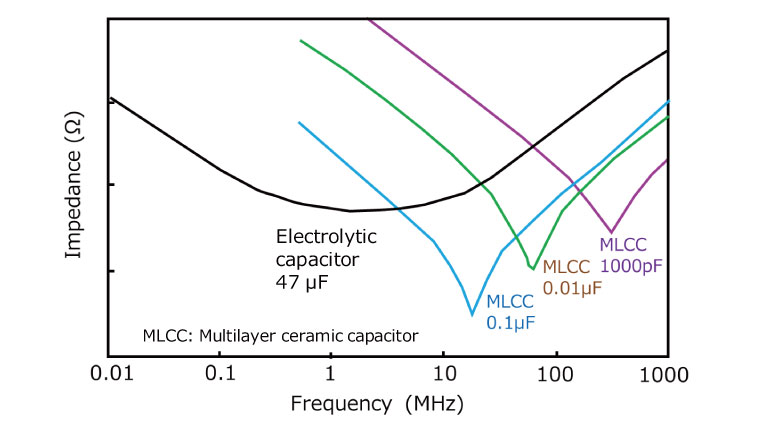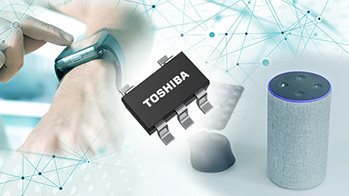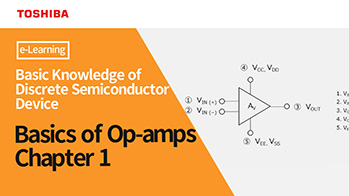-
My ToshibaSemicon
- General Top View
-
SEMICONDUCTOR View
-
Applications
Body Electronics
xEV
In-Vehicle Infotainment
Advanced Driver-Assistance Systems (ADAS)
Chassis
Infrastructure
BEMS/HEMS
Factory Automation
Commercial Equipment
IoT Equipment
Healthcare
Wearable Device
Mobile
Computer Peripherals
-
Products
*
: Products list (parametric search)
Photocouplers
Digital Isolators
Solid State Relays
Fiber Optic Transmitting Modules
*
: Products list (parametric search)
*
: Products list (parametric search)
*
: Products list (parametric search)
*
: Products list (parametric search)
Discrete Semiconductor
Diodes
Transistors
Logic ICs
Analog Devices
Digital Devices
Wireless Devices
*
: Products list (parametric search)
*
: Products list (parametric search)
*
: Products list (parametric search)
*
: Products list (parametric search)
-
Design & Development
Design & Development
Innovation Centre
At the Toshiba Innovation Centre we constantly strive to inspire you with our technologies and solutions. Discover how to place us at the heart of your innovations.
-
Knowledge
Knowledge
Highlighted Topics
Further Materials
Other
- Where To Buy View
-
My ToshibaSemicon
-
- STORAGE View
- COMPANY View
- Part Number Search
- Cross Reference Search
- Keyword Search
- Parametric Search
- Stock Check & Purchase
This webpage doesn't work with Internet Explorer. Please use the latest version of Google Chrome, Microsoft Edge, Mozilla Firefox or Safari.
require 3 characters or more.
The information presented in this cross reference is based on TOSHIBA's selection criteria and should be treated as a suggestion only. Please carefully review the latest versions of all relevant information on the TOSHIBA products, including without limitation data sheets and validate all operating parameters of the TOSHIBA products to ensure that the suggested TOSHIBA products are truly compatible with your design and application.Please note that this cross reference is based on TOSHIBA's estimate of compatibility with other manufacturers' products, based on other manufacturers' published data, at the time the data was collected.TOSHIBA is not responsible for any incorrect or incomplete information. Information is subject to change at any time without notice.
require 3 characters or more.
Is it necessary to connect bypass capacitors to the power supply terminal of an op-amp?

It is necessary to connect bypass capacitors (also called decoupling capacitors) to the power supply (VDD) terminal.
Without bypass capacitors, an op-amp might malfunction or, in the worst-case scenario, suffer oscillation or other problems.
Capacitors have parasitic resistance and inductance, which are specified as equivalent series resistance (ESR) and equivalent series inductance (ESL) respectively in capacitor standards.
Because of ESR and ESL, capacitors exhibit frequency-vs-impedance characteristics as shown below.
It is therefore recommended to connect one high-frequency filter capacitor (0.01 μF to 0.1μF) and one low-frequency filter capacitor (10 μF to 100 μF) across the VDD and GND terminals.
The high-frequency filter capacitor, which is more susceptible to the effect of board wiring inductance, should be placed closer to the op-amp than the low-frequency filter capacitor.
The PCB traces to these capacitors should be as wide and short as possible to reduce the impedance of the VDD-bypass capacitor-GND loop.
Related Links
The following documents also contain related information:



